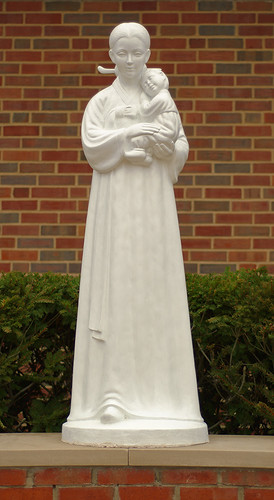
At Saint Andrew Kim Korean Catholic Church, in University City, Missouri


BLESSED is he whose iniquities are forgiven, and whose sins are covered.God answers David:
Blessed is the man to whom the Lord hath not imputed sin, and in whose spirit there is no guile.
Because I was silent my bones wasted away, as I cried out all day.
For day and night Thy hand was heavy upon me: I am twisted in my affliction whilst the thorn is fastened upon me.
I have acknowledged my sin to Thee, and my guilt I have not concealed.
I said "I will confess my injustice against myself to the Lord:" and Thou hast forgiven the wickedness of my sin.
For this shall every one that is holy pray to Thee in due time.
Though in a flood of many waters, they shall not reach him.
Thou art my refuge, from the tribulation which surrounds me: my joy, deliver me from those surrounding me.
I will give thee understanding, and I will instruct thee in the way in which thou shalt walk: I will fix my eyes upon thee.
Do not become like the horse and the mule, who have no understanding.
With bit and bridle bind them fast, else they will not come near to thee.
Many are the sorrows of the sinner, but mercy shall surround him that hopeth in the Lord.
Be glad in the Lord, and rejoice, ye just, and glory, all ye of righteous heart.

O LORD, do not reprove me in Thy wrath, nor in Thy anger chastise me.Have mercy on me, Lord, for I am weak, heal me, Lord, for my body is in torment.And my soul is greatly troubled, but Thou, O Lord, how long?Turn to me, O Lord, and deliver my soul; save me on account of Thy mercy.For who amongst the dead remembers Thee, who of the dead will tell of Thee?I have suffered and wept, every night have I washed my bed and drenched my blanket with my tears.My eyes are filled with grief, I have grown feeble in the midst of my enemies.Leave me, all you who do evil, for the Lord has heard the sound of my weeping.The Lord has heard my appeal, the Lord has accepted my prayer.May my enemies be put to shame and come to ruin. May they be turned away and be swiftly put to shame.
“Spare, O Lord, spare Thy people; and give not Thine inheritance to reproach, that the heathen should rule over them.”
— Joel 2:17
“...it seems abundantly clear that fasting represents an important ascetical practice, a spiritual arm to do battle against every possible disordered attachment to ourselves.”— Pope Benedict XVI
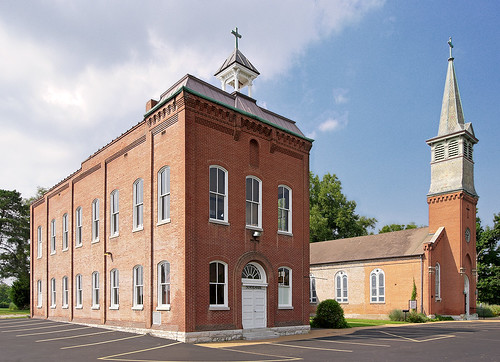
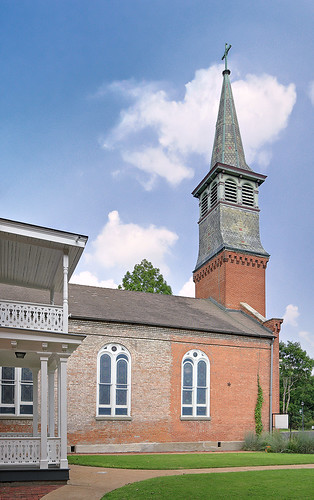
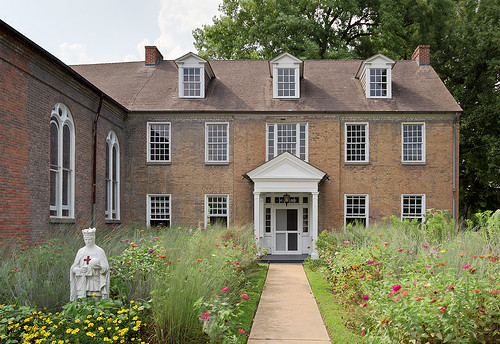
“There are no difficulties here except when people worry too much about tomorrow...
Once baptized, they never revert to drunkenness or stealing. Whatever is found is placed at the door of the church to be claimed by the owner. Not a single house has locks on the doors, yet nothing is ever missing. The Indians gather in groups (men and women separate) for morning prayers, Mass, and catechism. In the evening they assemble again for prayers.”
Nosinan wakwig ebiyin, ape kitchitwawenitamag kitinosowin, kitokumawin ape piyamikuk, kitebwetako tipu wakwig, apeke ichu tebwetakon chote kig.
Ngom ekijikiwok michinag wamitchiyak, ponigitediwichinag kego kachikichiinakin, echi ponigitediwiket woye kego kachikichiimidjin; kinaimochinag ewi pwa patadiyak; tchitchiyikwan nenimowichinag meyanuk waotichkakoyakin.Ape iw nomikuk.

The research, published in the US journal Psychological Science, found that women formed a negative view of their peers much quicker than men did...I have a different theory.
They wrote: "Women may simply weight negative information more heavily than men do, because negative information disrupts the establishment of intimacy, which serves a more important function in same-sex relationships for women than for men...."


The St. Peter Sandstone is an Ordovician formation in the Chazyan stage of the Champlainian series. This sandstone originated as a sheet of sand in clear, shallow water near the shore of a Paleozoic sea and consists of fine-to-medium-size, well-rounded quartz grains with frosted surfaces. The extent of the formation spans north-south from Minnesota to Missouri and east-west from Illinois into Nebraska and South Dakota. The type locality for the formation is St. Peter, Minnesota. In eastern Missouri the stone consists of quartz sand that is 99.44% silica.And from the Argonne National Laboratory website:
Ottawa silica sand is unique. Its rounded grains of clear colorless quartz, diamond-like in hardness, are pure silica (silicon dioxide) uncontaminated by clay, loam, iron compounds, or other foreign substances.
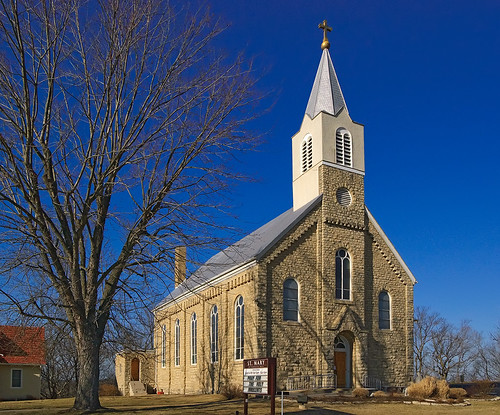
Instead of seeing the individual as a genius, we should view the brilliance as a gift from an unknowable outside source...Or in other words, some works are inspired by divinity. The article continues:
She looked at other societies to see how they regard this pressure on artists and found an answer in ancient Greece and Rome. In these places, people didn't believe that creativity came from inside. They believed it was an attentive spirit that came to someone from a distant, unknowable source, she said...
This view served the artist's mental health, she suggested, because by attributing the artist's talent to an outside force, the artist was relieved of some of the pressure to perform, and was not narcissistic. If an artist's work was brilliant, the outside force got the credit.
All that changed with the Renaissance when mysticism was replaced by a belief that creativity came from the self. For the first time, people started referring to an artist as being a genius rather than having a genius....
Gilbert received a full standing ovation for her talk from an audience of people who generally don't give in to beliefs about muses, fairies and god forces.